Our group is interested in reconstructing the properties of ancestral animals through the analysis of genomes, macromolecular structure and molecular interactions. We’re particularly interested in the non-bilaterian animals: cnidarians, Trichoplax, ctenophores and sponges, but especially cnidarians and the nature of the cnidarian-bilaterian ancestor. We use and develop computational methods to analyse genome, transcriptome and molecular structure data, and collaborate to produce informative sequence resources from new taxa.
The hydrozoic laboratory model species Clytia hemispherica is being analysed to define transcriptomic profiles of different cell types at different larval (planula) stages and of adult jellyfish structures and organs, to produce, by in situ hybridisation, maps of known cell types and to potentially identify particular cell types related to given stages of the jellyfish.
This project focuses on identifying and characterizing the cells and molecular signals responsible for mediating settlement in cnidarian larvae, known as the “planula”. Studies focuses on settlement response in species belonging to the two main clades of cnidarians: the jellyfish Clytia hemisphaerica (medusozoan) and the coral Pocillopora acuta/damicornis (Anthozoan). Because of the key phylogenetic position of cnidarians as sister group of bilaterians and the crucial developmental and ecological implications of the larva-to-adult transition, a detailed understanding of the larval settlement response in cnidarians is likely to shed light on a variety of functional, evolutionary and ecological questions.
These polychaete worms are studied in the context of genetic adaptation of species to their environment, and their evolutionary context on the level of high throughput genomics data to produce high quality gene predictions on de-novo genome assembly and perform various analyses such as macro-synteny and phylogenomics.
With http://marimba.obs-vlfr.fr

Laboratoire de Biologie du développement UMR 7009
Cette UE se déroule sur 2 semaines et a lieu au laboratoire de Biologie du Développement de Villefranche -sur-Mer (LBDV). Elle inclut l’examen de l’UE d’analyse scientifique (5V089) suivie par les étudiants de la spécialité de Biologie du Développement.
Durant la 1ère semaine, les étudiants participent à des ateliers et des rencontres avec les chercheurs du laboratoire.
Durant la 2ème semaine, les étudiants sont répartis dans les équipes pour y réaliser un mini projet qu’ils présentent le dernier jour du cours. Le cours est donné en anglais pour tout ou partie.
Modalités d’évaluation
Présentation orale du mini-projet (binôme, 100 %)
UE en anglais (partiellement ou totalement)
Master BMC, S3, 6 ECTS
Code UE: 5V200
Responsable de l’UE: Carine BARREAU (MCU): carine.barreau [at] obs-vlfr.fr
Cette UE permet aux étudiants de 1ère année de Master de passer 2 semaines à l’Observatoire Océanologique de Villefranche-sur-Mer. Le cours est obligatoire pour les étudiants du Master Biologie Intégrative, parcours Biologie et Bioressources Marines (BBMA) tandis qu’il peut être choisi en option par les étudiants du Master Biologie Moléculaire et Cellulaire (BMC). Les étudiants participent à des ateliers de présentation des organismes marins utilisés par les équipes de recherche du laboratoire (LBDV) et apprennent à les manipuler au cours de travaux pratiques dont les thématiques vont de la Biologie du Développement fondamentale à la toxicologie appliquée.
Modalités d’évaluation
Analyse d’article et présentation orale (50%)
Compte-rendu écrit de TP (50%)
UE partiellement en anglais
Master BIP, S2, 6 ECTS
Code UE: 4B022 (ouverte au Master BMC)
Responsable de l’UE: Carine BARREAU (MCU): carine.barreau [at] obs-vlfr.fr
Cette UE complémentaire se déroule sur 2 semaines et permet aux étudiants de découvrir les différents aspects (métiers & recherche) de l’Observatoire Océanologique de Villefranche-sur-Mer (OOV). Ateliers et journal clubs sont organisés afin que les étudiants mettent en pratique leurs connaissances théoriques en biologie et développent leur capacité de communication scientifique en français et en anglais.